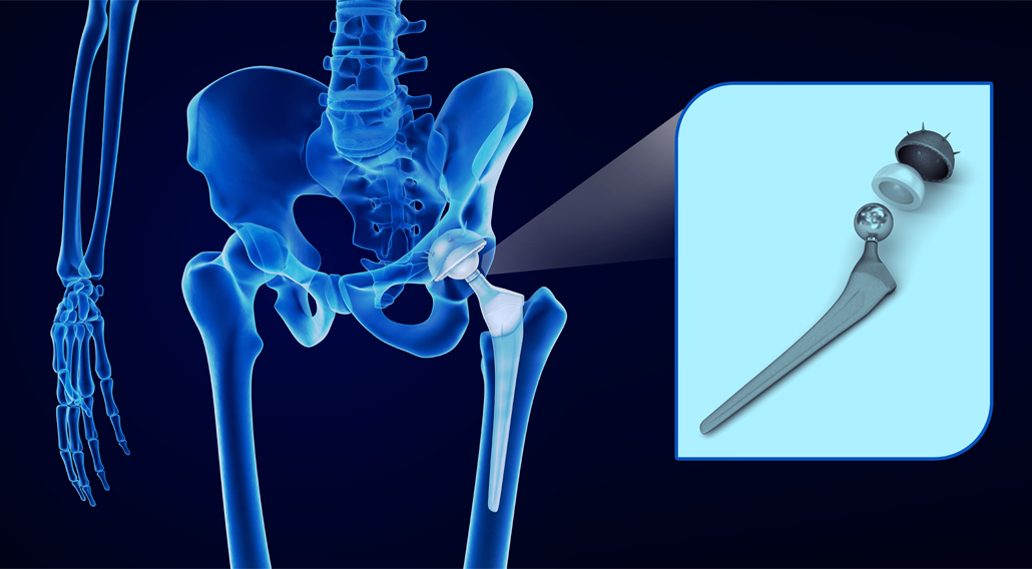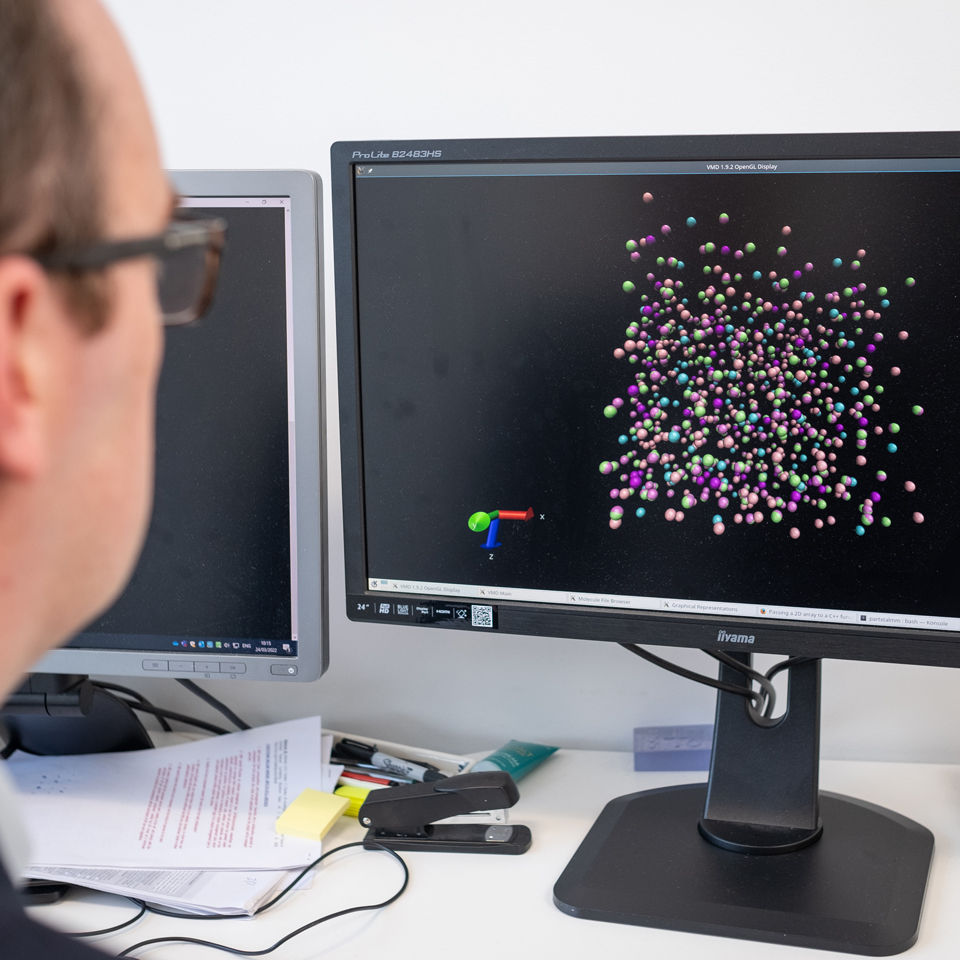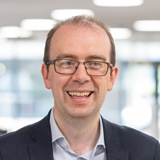Dr Jamieson Christie
Senior Lecturer – Materials
Dr Jamieson Christie is an expert in the computer simulation of materials, particularly amorphous and glassy materials for biomedical applications, exploring the relationships between the composition of the materials, their atomic structure and how they react when implanted in the body. The same methods can be applied to many different materials – and Jamie has worked with experimental scientists in the field of fuel cells, and investigated the thermal conductivity of solid materials.
Materials modelling – advancing biomaterials for healthcare
As life expectancy continues to increase (WHO), we strive for new ways to extend our quality of life. In many cases, treatments involve implants such as artificial hips. The biomaterials that these medical devices comprise react with their surroundings. Understanding and controlling the interactions between our bodies and the implanted materials is crucial to the success of the prescribed treatment. Jamie develops and uses computational methods to design improved biomaterials for a range of applications.
I believe that computationally, rather than experimentally, designing new materials is extremely advantageous in terms of cost, time and scientific insight. In some fields, this is broadly accepted, but it is yet to be fully exploited in the development of optimised biomaterials.
In 2021, I embarked on a three-year Leverhulme Trust funded project – studying phosphate-based bioactive glass (PBG), a material with a potentially wide range of applications including drug delivery.
They can be manufactured using a wide range of molecules which they release into the body as they dissolve. Crucially for our work, the dissolution rate of PBG can be varied over several orders of magnitude by changing the glass composition.

This means that these materials can be used to deliver drugs, nutrients and other therapeutics, including antimicrobials, at a specified rate – spanning minutes or weeks – as the implant dissolves.
Uniquely, my team and I are using computer modelling to understand exactly how the glass reacts with the surrounding environment when it is implanted in the body. We hope that this will provide, for the first time, a complete understanding of the behaviours of different compositions of PBG.
We hope that our innovative computational methods will lead to the design of improved biomaterials - and that our findings will be useful across a range of other fields, including the nuclear and transport industries.

We also hope that our innovative computational methods will lead to the design of improved biomaterials. What’s more, our findings will be useful across a broad range of other fields where materials degrade and corrode, such as the nuclear and transport industries.
I’m applying my expertise within the University’s mini-CDT, SlowCat (Securing a sustainable fuel supply through controlled synthesis of low-dimensional catalysts), with colleagues across Science and Aeronautical, Automotive, Chemical and Materials Engineering as well as a panel of industry advisors.
As part of this activity, I’m supervising two PhD students whose projects use computational and experimental methods to study catalysis.
My research journey
I really enjoyed Maths and Science at school - so it was a natural choice to continue these subjects at university.
I studied Natural Sciences at Cambridge University, specialising in Physics. When I graduated in 2002, I stayed on to complete my PhD with the Department of Chemistry, investigating the structure of amorphous materials.
After my PhD, I held research positions at the Abdus Salam International Centre for Theoretical Physics in Trieste and at University College London - before coming to Loughborough in 2015, where I am now a Senior Lecturer in the Department of Materials.
I’ve been awarded a University Fellowship for the academic year 2022-23 so that I can concentrate on strengthening my group’s research.
During this time, I hope to visit colleagues in Germany and the USA, speak at conferences I am normally too busy to attend, and learn new techniques - like machine learning - to see how they can be applied to my group’s research.
